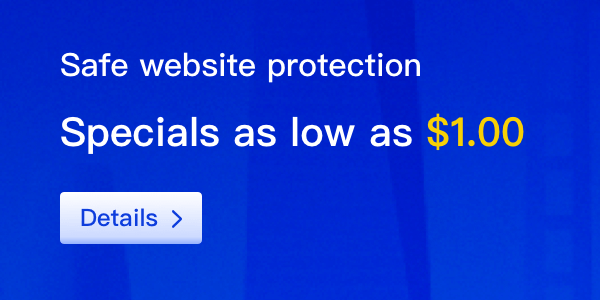Introduction
Domain registration is the first step to creating an online presence, but simply registering a domain is not enough. Once you have successfully registered a domain, you need to manage and maintain it to ensure that your website is always accessible and functioning properly. In this article, we will discuss important steps and best practices for managing and maintaining a registered domain.

Domain DNS Settings
Once you have registered a domain, you need to configure the domain's DNS settings to point it to your website server. Domain DNS resolution is the process of translating a domain name into the associated IP address. By correctly configuring domain DNS settings, visitors to your website can access it using your domain name. This is a crucial step to ensure that your domain points to the correct server and avoid any accessibility issues.
When configuring domain DNS settings, you can choose to use the domain registrar's DNS resolution service or a third-party DNS service provider. Regardless of the method you choose, you need to set the domain DNS records to point to the IP address of your website server. This way, when someone enters your domain name, the DNS server can resolve the domain to the corresponding IP address and correctly forward the access request to your website.
Domain Renewal and Protection
Domain renewal is crucial because once a domain expires, it becomes available and can be registered by someone else. Make sure your domain registrar reminds you to renew your domain in a timely manner through emails or other means. Typically, domain registrars send renewal reminders several months in advance to ensure you have enough time to renew your domain.
In addition to timely renewal, you should also take extra measures to protect your domain. One common protection measure is enabling domain locking. Domain locking is a security feature that prevents unauthorized domain transfers. When a domain is locked, no one can modify the domain's registration information or transfer it to another registrar. This effectively protects your domain from malicious attacks or accidental changes.
Furthermore, you can consider registering multiple extensions of your domain to prevent others from registering similar variants. For example, if your domain is example.com, you can also register example.net, example.org, and other extensions. This way, even if someone registers a similar extension to your primary domain, you still maintain control over the main domain.
Domain Management Tools
Many domain registrars provide domain management tools that allow you to easily manage your domain settings. Using these tools, you can change domain DNS settings, manage subdomains, set up email forwarding and autoresponders, and more. Familiarizing yourself with and being proficient in using these tools can help you better manage and maintain your domain.
Common features of domain management tools include:
- Domain DNS settings: You can easily modify domain DNS records through the tool interface to point the domain to a new IP address or modify subdomain resolution settings.
- Subdomain management: You can create and manage multiple subdomains, directing them to different servers or applications.
- Email forwarding and autoresponders: You can set up email forwarding rules to redirect received emails to specified mailboxes, or set up autoresponders to send preset reply messages to senders.
By using these domain management tools, you can easily make changes and adjustments to your domain settings without needing in-depth knowledge of the technical details of the domain system.
Conclusion
Managing and maintaining a registered domain is crucial to ensure the online presence and proper functioning of your website. By correctly configuring domain DNS, renewing and protecting your domain, and effectively using domain management tools, you can efficiently manage and maintain your domain.
Remember, your domain is an important part of your online identity, so make sure you take appropriate steps to maintain and protect it. Perform timely domain DNS configuration, renew your domain regularly, and enable domain locking to protect your domain from being registered or misused by others. Additionally, make good use of domain management tools to easily manage and adjust your domain settings, ensuring that your website is always accessible and functioning properly.
By following these best practices for management and maintenance, you can ensure that your domain maintains a good operational state on the Internet, providing stable support for your online business.




















